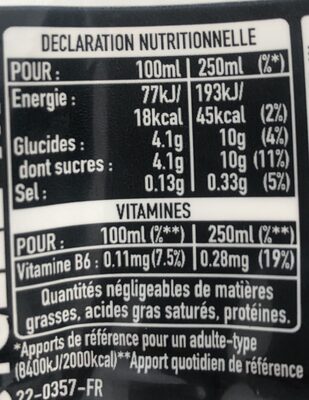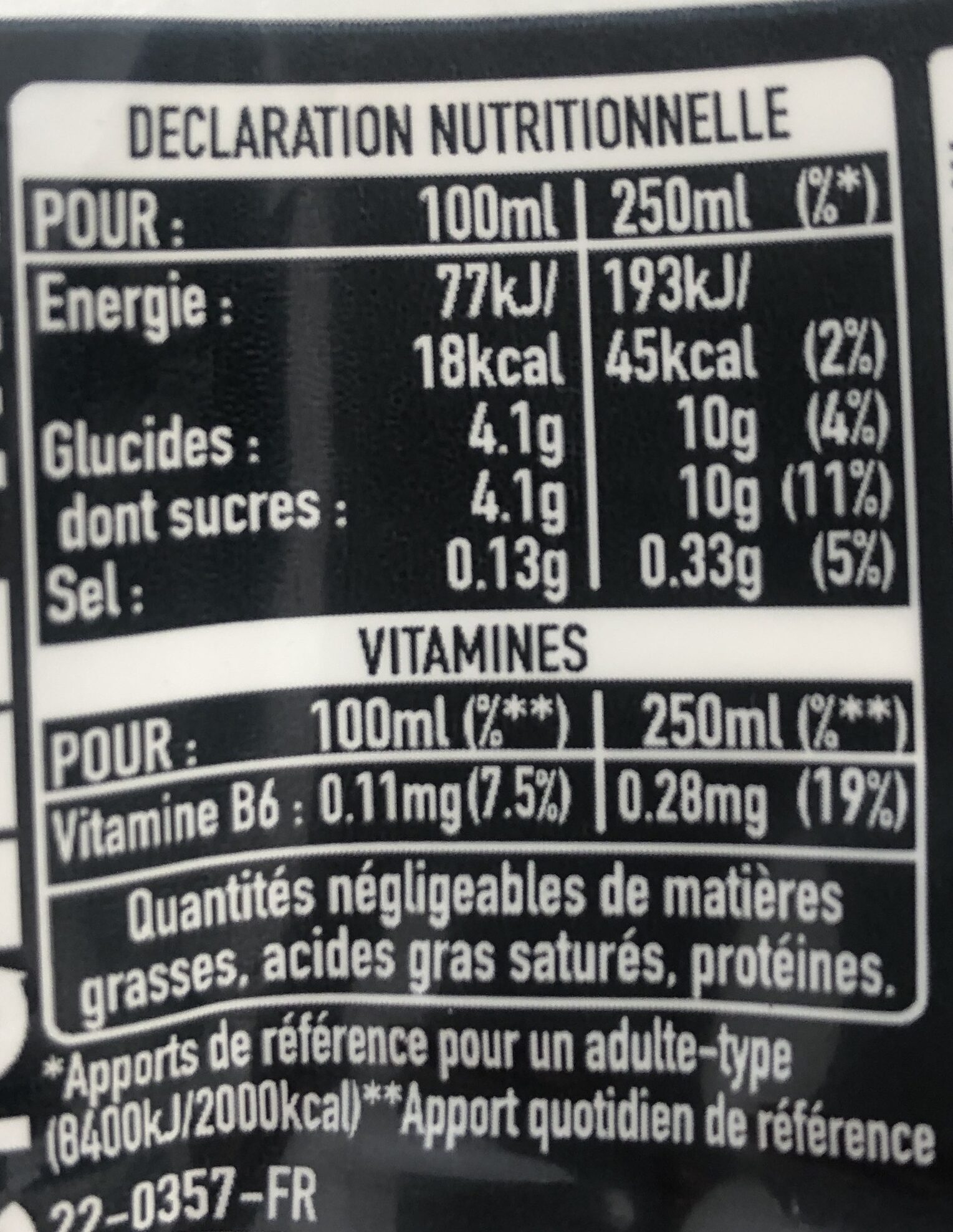Powerade Ice Storm - Coca-Cola - 500ml
This product page is not complete. You can help to complete it by editing it and adding more data from the photos we have, or by taking more photos using the app for Android or iPhone/iPad. Thank you!
×
Barcode: 54492653
Common name: Isotonic drink
Quantity: 500ml
Packaging: Plastic, Bottle, Hdpe-cap, Pet-bottle, fr:Bouchon en plastique, fr:Green dot
Categories: Beverages, Artificially sweetened beverages, Diet beverages, Energy drinks, Dietary drink for sport, Energy drink with sugar
Labels, certifications, awards:
Green Dot, Made in Italy, With sweeteners, Triman

Link to the product page on the official site of the producer: https://www.cocacolaespana.es/bebidas/po...
Stores: Décathlon, Magasins U, Mercadona, carrefour.fr
Countries where sold: Belarus, France, Germany, Hungary, Russia, Spain, Switzerland, United Kingdom
Matching with your preferences
Environment
Packaging
Transportation
Report a problem
Data sources
Product added on by openfoodfacts-contributors
Last edit of product page on by foodless.
Product page also edited by alia, befl0, date-limite-app, desan, driveoff, foodrepo, gala-nafikova, highlander, inf, kewcyan, kiliweb, lucaa, magasins-u, musarana, notpushkin, nouky20, off.14fc69fa-bb14-4c09-8a4c-f21b46a901be, off.3d9d79cb-7c5d-4009-af3c-53263cf7b7bf, off.ea2fa791-9d19-43dd-8e30-22bc9f299925, openfood-ch-import, packbot, praxouille, prepperapp, quechoisir, raphael0202, reixon, roboto-app, scanbot, sebleouf, segundo, swipe-studio, tacinte, tacite, teolemon, thaialagata, yuka.R1lJN05ZRWlnNkFxc01Sa3d5L3MwZEFyNDdXa0RVbnBFL29XSVE9PQ, yuka.RnFRbUc0OEV2YWN5Z3MwWjFDbmMxLzF1NVlYeFFsNnpNUEFESVE9PQ, yuka.SGE0RktQZ2hpT0FUc1BZQjdrT0kwOXh1MjRlRVdtQ3JkTEFySVE9PQ, yuka.U3JrbUZiWWc5L1FXdE1BaXpBUE02TnNwMjVLUlozeTlGY0VwSVE9PQ, yuka.UTRBcEc2RUVuTjgxblBRZjFCZmwzY2hGbkp5c0FrNnhJTXcvSVE9PQ, yuka.UVkweUxZY2ZxTjRLbXNFRTh4UFY5NHRKNWJieFpIMmVKOGNvSVE9PQ, yuka.UWI4QU1LZ0h1YVUwbWMwdjRrNzg5OVYxK28yVlRVeTNKOW9wSVE9PQ, yuka.UXBKZlFLY1FvTmNNaHNNK3JoVEkxTU5uL2NDRVluNjNFc3RBSVE9PQ, yuka.UmJvNFQ1OVFpZk5TeE1OazhqandxOEIwd0xhcmZuMlNMOHM4SUE9PQ, yuka.Uy80R0cvOC9pZjlhbTlwZzJEWHpvL2xibXJhZ1FrR29FYkVOSWc9PQ, yuka.V1AxWU02OFJtdWNJeDhjdTkwMk55UDFZbVpEelhIbTRKTTQySVE9PQ, yuka.V3YwR0RLTU5vZDFXc3RzWC9FcUszL0FveThDMmZscUlMTkFMSWc9PQ, yuka.Vm9jR081NG92c2MzbWYwa3BDcVA0c0paNklTTFJEdVpMOUlPSWc9PQ, yuka.WEtBeE12c1Fvdm9TbWZGaXhrN1h4SUpUenJxMmJHS29GdkJJSVE9PQ, yuka.WTQ0S0Rmc29qTnNNcE1jUyswdk54UGhPd1k3MmVqS1pLZUF1SVE9PQ, yuka.WW80U0w2VllwS01nbFBBWm96bjE0TzFZNDRMeVhWcVNCZFVNSVE9PQ, yuka.WkwwRUhabFp0K0FVZ2NZdThFcnozdTFPMnJxaldXeTlON1E3SVE9PQ, yuka.YklrZ0gvZ2Jnc000b3NZTytpclpwdEZ6bHNPVVZqbW9HZVlQSWc9PQ, yuka.ZTVnaklhRWp0TkJSZ3RzVXdTM3g1dUJKK2JhQ0JtUG5GZW9SSWc9PQ, yuka.ZjY4d0FJRTVvdGc3djhBQW9DL1UrY012eEtHYkRGeTVLY2NkSVE9PQ, yuka.ZmZ3c0dyOGhwYUVLdGRzeDRDcmVxb05xbjUrMWVWK0hKZVZMSUE9PQ, yuka.ZnJKUUY1VXcvZFpSbHZZZTJEblAvWU54bTRXZ1VVZW9kOGt2SVE9PQ, yuka.ZnZ0Y09aaGJnc1lodGZjajJSZnNvNEp3M3EydUFFeUlPckpQSVE9PQ, yuka.sY2b0xO6T85zoF3NwEKvlhROWPyA_Db0GxLWpXWX68W8L4f5ZttV_7jbKKg, yukafix.










